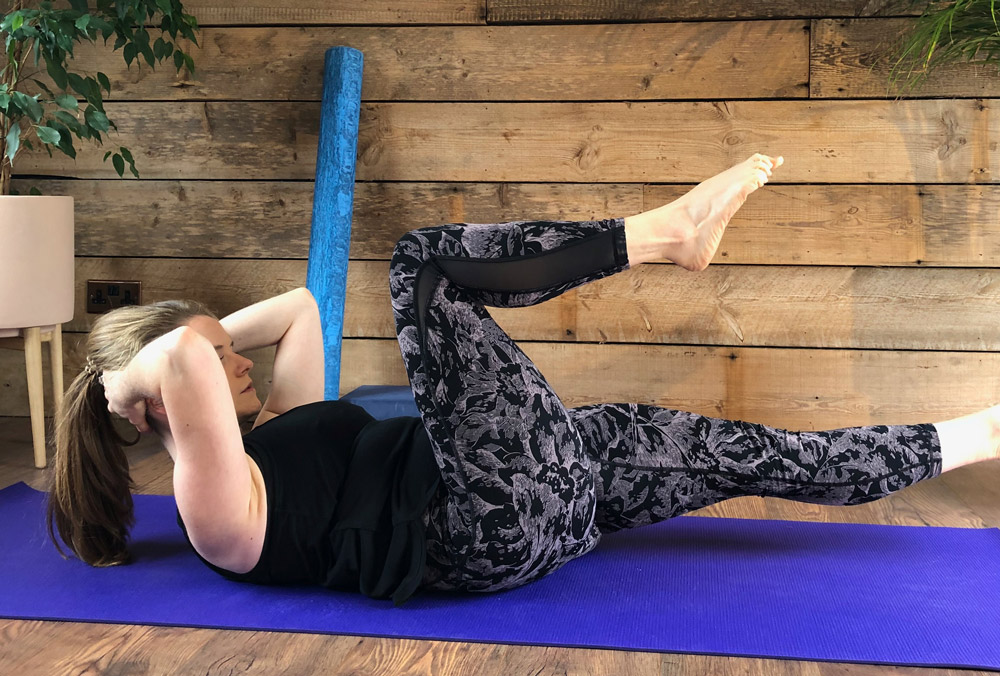The Pilates Powerhouse – your ‘Internal Support System’
In the Pilates world, we frequently refer to the centre of the body as the ‘Pilates Powerhouse’. You may also have heard us refer to this area as your ‘centre’, the ‘inner unit’, and even your ‘Internal Support System’.
Deep muscles of the abdomen and trunk form your Pilates Powerhouse. When working in balance and with correct movement mechanics, these muscles give vital stability to the structures of the spine and pelvis. The muscles of your abdomen could be likened to the structure of a tree- it is the deeper layers that hold the tree upright, not the surrounding bark. Muscles superficial to our skin have a vital role to play in our power and movement potential, with the deep muscles of the Powerhouse delivering essential stability for each movement. Working the deep and superficial muscles in balance enables us to develop more efficient, pain-free movement patterns through which we can develop total body strength and suppleness.
How does Pilates challenge and strengthen the Powerhouse?
The repertoire of Pilates exercises are designed to challenge your ‘centre’ whilst moving the limbs away from and towards the trunk. Each exercise challenges the body from a different start position, and therefore places the body in a different relationship with gravity. This, combined with the movements of our arms and/or legs, gives us load and levels to challenge the stability of the Pilates Powerhouse or ‘inner unit’.
In addition, the foam roller and standing balance work, challenges that we give in each and every class, add great potential to develop a strong inner Powerhouse. Working the body on slightly unstable surfaces is a fantastic opportunity to fire up the deep muscles of the body. Any of our work on the foam roller or up in standing also works the deep intrinsic muscles surrounding not just the spine, but also our hips, ankles and feet, all of which are crucial for better walking gait and functional movement patterns.
No matter which level class you are attending, all of the exercises are based on this fundamental principle. Precision of technique, controlled stability of the trunk, all within a flowing sequence from start to finish.



